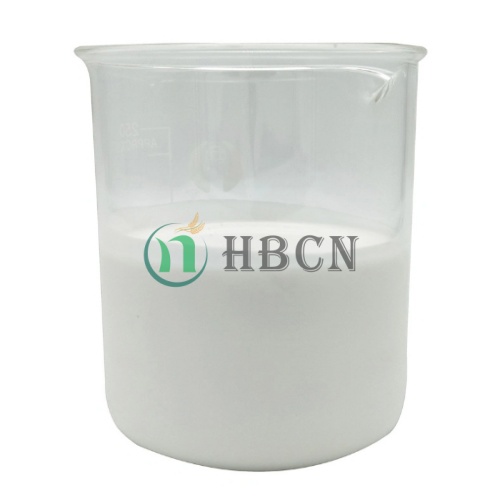
Aug . 17, 2024 23:28 Back to list
Selective Herbicide for Effective Weed Control in Agricultural Practices
Atrazine A Selective Herbicide
Atrazine is one of the most widely used herbicides in the United States and globally, particularly in agricultural applications. As a selective herbicide, it is primarily used to control broadleaf and grassy weeds in a variety of crops, particularly corn, sorghum, and sugarcane. Its selective nature allows it to eliminate unwanted vegetation while causing minimal harm to the crop species it is intended to protect. This characteristic makes atrazine a potent tool for farmers aiming to enhance crop yields in a competitive agricultural landscape.
Developed in the 1950s, atrazine operates by inhibiting photosynthesis in target plants, effectively stunting their growth and leading to their eventual demise. The herbicide enters the plant through roots and foliage, disrupting the electron transport chain in photosynthesis, which is essential for the plant's energy production. This mode of action is particularly effective against annual weeds that compete for resources like sunlight, water, and nutrients.
Atrazine A Selective Herbicide
However, the use of atrazine is not without controversy. Over the years, studies have raised concerns about its environmental impact and potential health risks. Atrazine is suspect of contaminating groundwater, which poses a risk to drinking water supplies. The herbicide has been detected in various water sources, leading to regulatory scrutiny and prompting discussions about its safety. The U.S. Environmental Protection Agency (EPA) has established maximum contaminant levels for atrazine in drinking water, reflecting the ongoing dialogue about balancing agricultural productivity with environmental protection.
atrazine selective herbicide

Moreover, research has suggested links between atrazine exposure and a variety of health issues, including endocrine disruption that could affect reproductive health. The potential for atrazine to disrupt hormonal systems in humans and wildlife has spurred further investigation and debate among scientists, regulators, and the agricultural community.
In response to these concerns, alternative weed management practices are gaining traction. Integrated pest management (IPM) strategies, which combine cultural, mechanical, and chemical methods, are being promoted to minimize reliance on synthetic herbicides like atrazine. Crop rotation, cover cropping, and the use of resistant crop varieties are examples of practices that can reduce weed pressure naturally while maintaining soil health and biodiversity.
Furthermore, advancements in technology are helping to develop more targeted herbicides that would lessen the environmental impact associated with traditional herbicides like atrazine. Precision agriculture, utilizing GPS and data analytics, allows farmers to apply herbicides more efficiently, reducing the overall quantity needed and minimizing runoff into water bodies.
In conclusion, while atrazine remains a crucial tool for managing weed populations in many cropping systems, its use involves navigating a complex landscape of agricultural needs, environmental concerns, and health implications. The continued evolution of weed management practices, alongside improvements in regulatory frameworks, is essential to ensure that agriculture can thrive sustainably while addressing the challenges posed by herbicides. As the agricultural industry moves forward, the lessons learned from atrazine's history can guide the development of more environmentally friendly practices that preserve both crop productivity and ecological integrity.
-
Best Abamectin 95% | Top Pesticide for Crop Protection
NewsJul.31,2025
-
Insecticide Spirotetramat 11% + Thiacloprid 11% SC at Good Price
NewsJul.30,2025
-
Best Abamectin SDS - Premium Quality & Reliable Safety Data
NewsJul.29,2025
-
Agrochemicals Pesticides Solutions for Sustainable Farming
NewsJul.29,2025
-
High-Quality Tebuconazole Fungicide for Crop Protection at Best Price
NewsJul.29,2025
-
Chlorfenapyr 8% + Clothianidin 20%SC Pesticide Mixture for Effective Pest Control
NewsJul.28,2025
